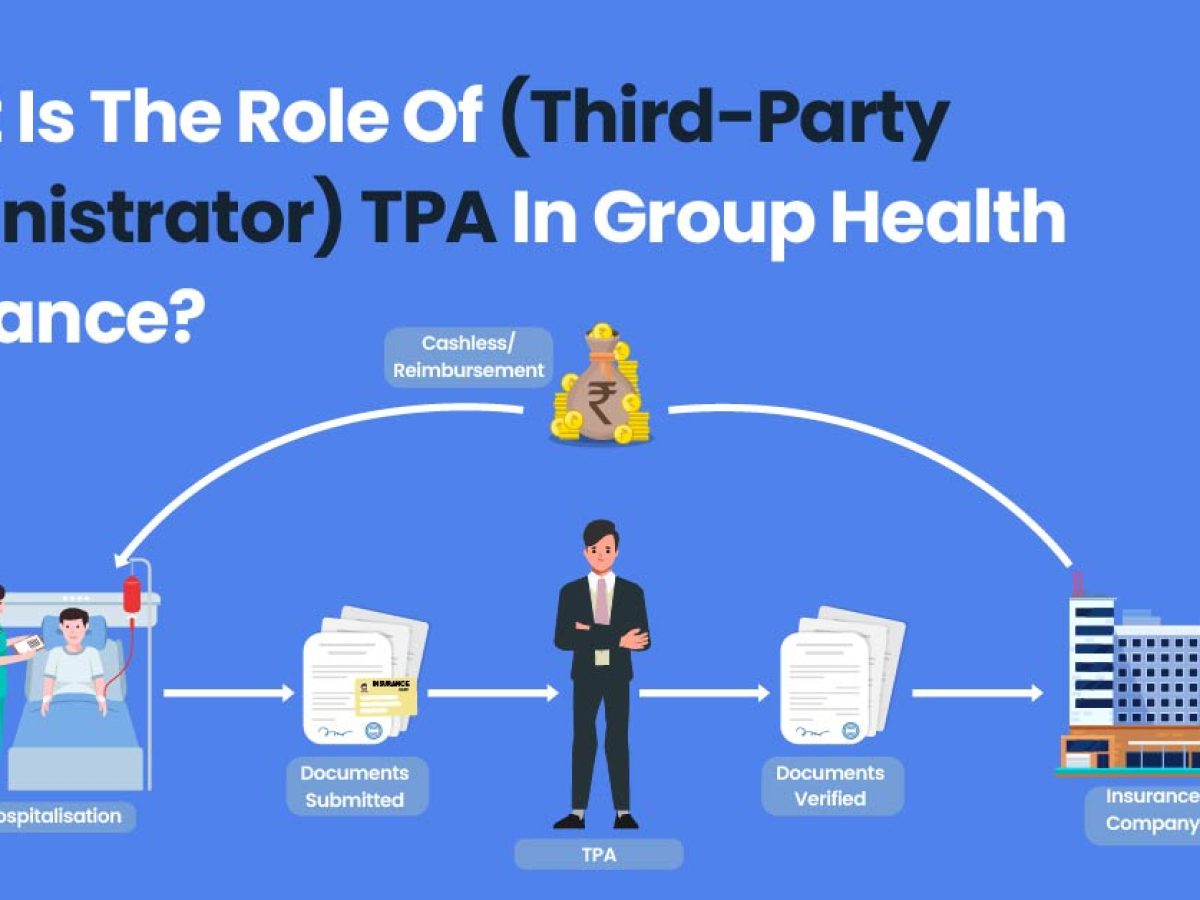Pacific Prime Fundamentals Explained
Table of ContentsExamine This Report about Pacific PrimeExamine This Report about Pacific PrimeExcitement About Pacific PrimeThe Greatest Guide To Pacific PrimeRumored Buzz on Pacific Prime

This is since the information were collected for a period of solid economic efficiency. Of the estimated 42 million individuals who were without insurance, just about concerning 420,000 (about 1 percent) were under 65 years old, the age at which most Americans end up being qualified for Medicare; 32 million were grownups between ages 18 and 65, around 19 percent of all grownups in this age; and 10 million were youngsters under 18 years old, concerning 13.9 percent of all children (Mills, 2000).
These quotes of the variety of individuals without insurance are generated from the annual March Supplement to the Present Populace Study (CPS), carried out by the Demographics Bureau. Unless or else kept in mind, nationwide estimates of people without medical insurance and proportions of the populace with various sort of protection are based on the CPS, the most commonly utilized source of price quotes of insurance policy protection and uninsurance prices.
Some Known Details About Pacific Prime

Still, the CPS is especially helpful since it produces annual estimates reasonably rapidly, reporting the previous year's insurance coverage estimates each September, and because it is the basis for a consistent collection of estimates for more than 20 years, permitting analysis of fads in insurance coverage with time. For these factors, as well as the comprehensive use the CPS in various other research studies of insurance protection that exist in this record, we rely upon CPS quotes, with limitations kept in mind.

The price quote of the number of uninsured individuals broadens when a population's insurance coverage status is tracked for numerous years. Over a three-year period beginning early in 1993, 72 million individuals, 29 percent of the united state populace, were without coverage for a minimum of one month. Within a solitary year (1994 ), 53 million people experienced at the very least a month without insurance coverage (Bennefield, 1998a)
Six out of every ten without insurance adults are themselves employed. Although functioning does enhance the probability that a person and one's household participants will have insurance, it is not a guarantee. Also members of families with 2 permanent breadwinner have almost a one-in-ten opportunity of being uninsured (9.1 percent uninsured rate) (Hoffman and Pohl, 2000).
The smart Trick of Pacific Prime That Nobody is Talking About
New immigrants make up a significant proportion of individuals without medical insurance. One analysis has actually attributed a considerable section of the current growth in the dimension of the U.S. uninsured population to immigrants who arrived in the nation in between 1994 and 1998 (Camarota and Edwards, 2000). Current immigrants (those that involved the United States within the previous 4 years) do have a high price of being without insurance (46 percent), however they and their kids represent simply 6 percent of those without insurance nationally (Holahan et al., 2001).
The relationship in between medical insurance recommended you read and accessibility to care is well developed, as documented later on in this phase. The connection between health insurance coverage and health end results is neither straight neither easy, a considerable professional and health services study literary works links health insurance policy protection to better access to care, better top quality, and enhanced personal and population wellness condition.
Levels of analysis for taking a look at the impacts of uninsurance. This discussion of medical insurance protection concentrates mainly on the U.S. populace under age 65 because essentially all Americans 65 and older have Medicare or various other public protection. In addition, it focuses specifically on those without any kind of health insurance for any size of time.
The Facts About Pacific Prime Uncovered
The issues faced by the underinsured are in some respects similar to those dealt with by the uninsured, although they are normally much less serious. maternity insurance for expats. Uninsurance and underinsurance, nevertheless, involve noticeably various policy issues, and the techniques for resolving them may vary. Throughout this research study and the 5 reports to adhere to, the major focus is on individuals with no medical insurance and therefore no support in paying for healthcare past what is offered with charity and safety and security net institutions
Medical insurance is an effective aspect affecting invoice of treatment since both patients and medical professionals react to the out-of-pocket price of solutions - https://pacificpr1me.blog.ss-blog.jp/2024-04-03?1712088442. Health and wellness insurance coverage, nonetheless, is neither necessary neither enough to get to medical services. Nonetheless, the independent and straight result of medical insurance coverage on accessibility to health and wellness services is well established.
Others will certainly acquire the health care they require even without medical insurance, by paying for it out of pocket or seeking it from companies that use care cost-free or at very subsidized rates. For still others, health insurance alone does not make certain receipt of treatment due to other nonfinancial barriers, such as a lack of healthcare service providers in their neighborhood, restricted accessibility to transportation, illiteracy, or linguistic and social differences.
An Unbiased View of Pacific Prime
Official research regarding without insurance populaces in the USA dates to the late 1920s and very early 1930s when the Committee on the Expense of Medical Treatment generated a series of reports about financing medical professional workplace check outs and hospital stays. This concern came to be salient as the varieties of clinically indigent climbed up throughout the Great Clinical depression.